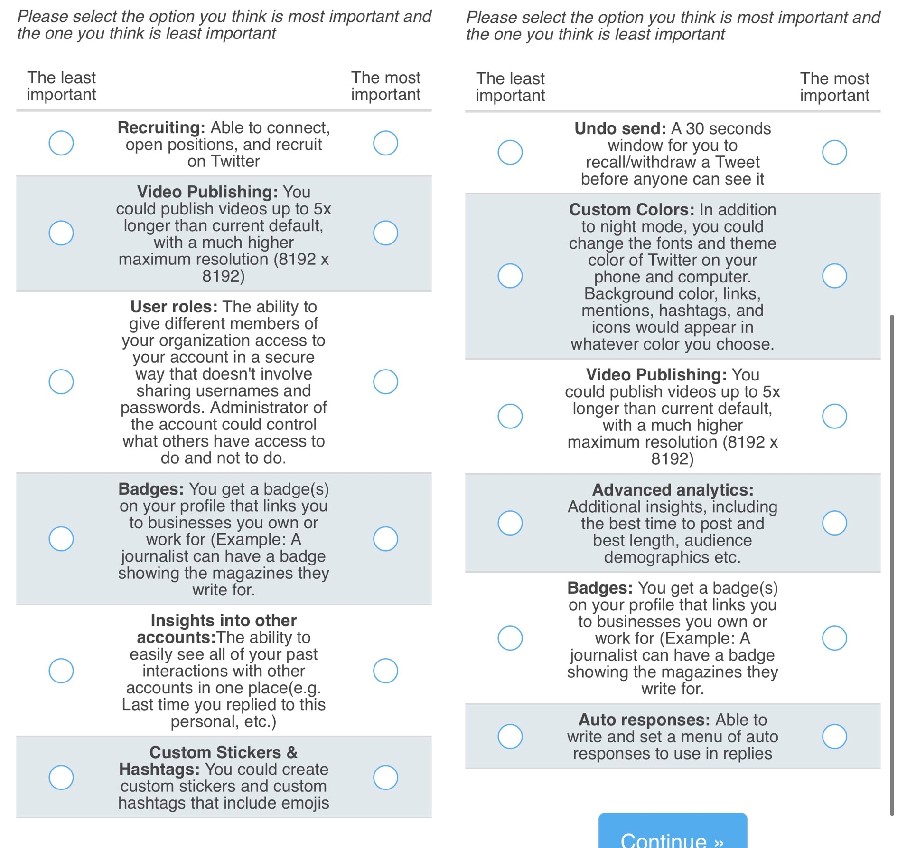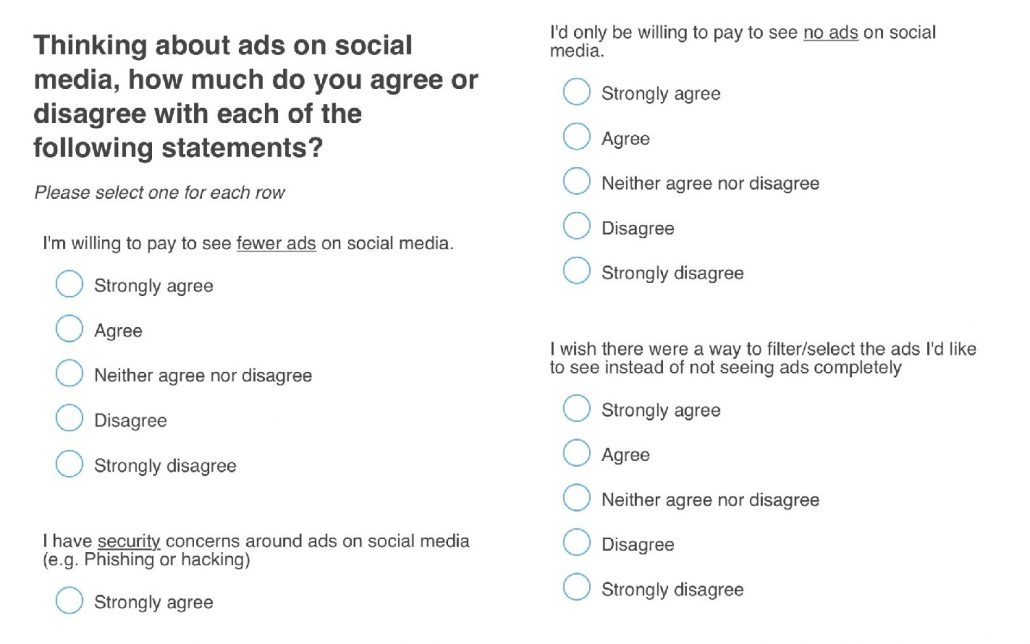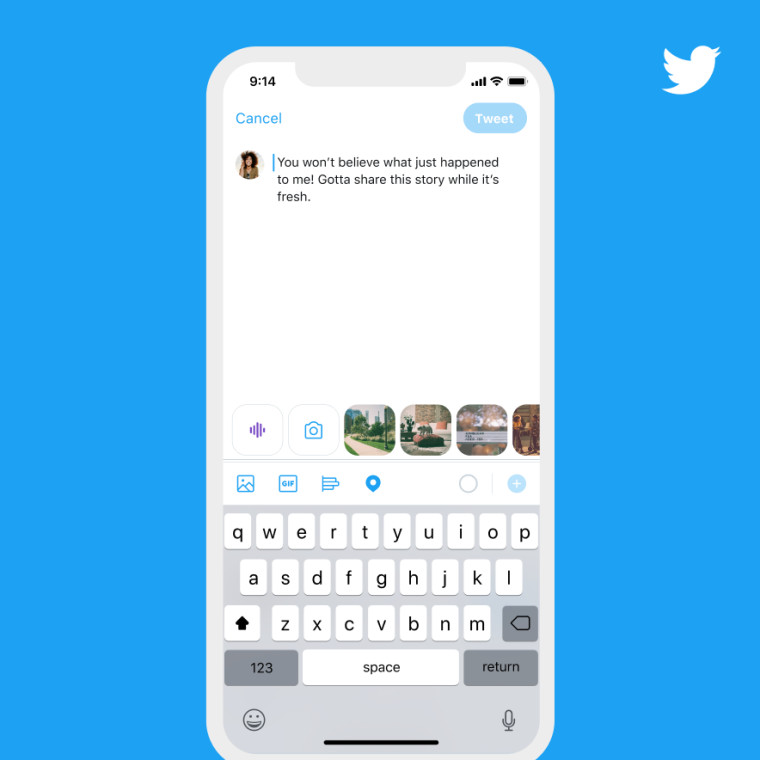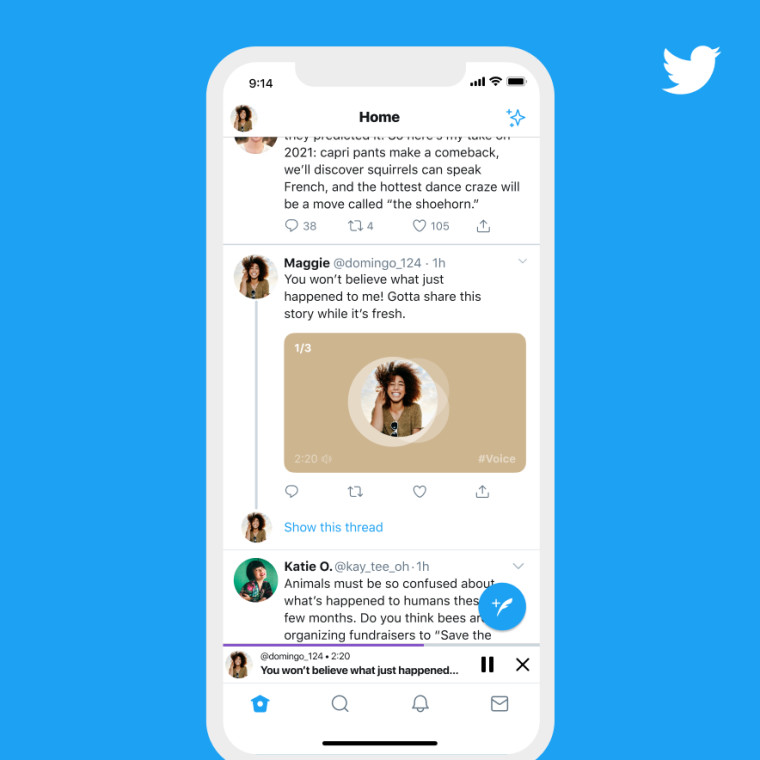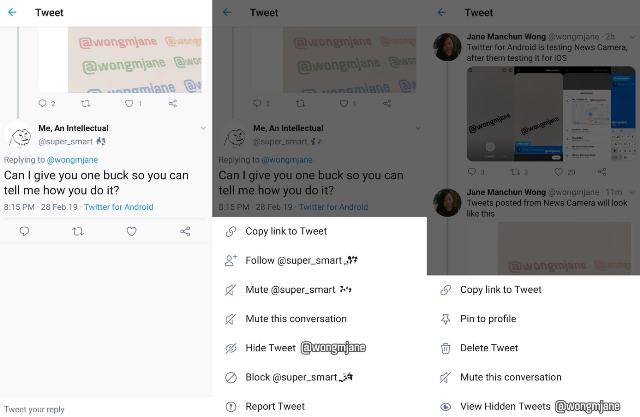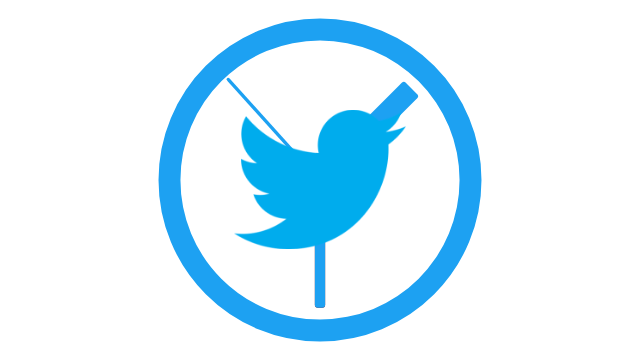After months of rumors, Twitter has confirmed it is launching a subscription-like feature which allows users to pay for premium content from content creators or influencers on the platform.
The company previewed the new feature it is calling “Super Follow” at its investor-focused Analyst Day event last week, along with a few other new features which are coming to the platform soon.
What Is Twitter’s “Super Follow”?
Super Follow will soon allow creators, influencers, and brands to monetize their tweets, similar to platforms like Patreon or YouTube Subscriptions.
For a monthly fee, Twitter users can sign up to get exclusive content and perks from a select creator, including:
- A supporter badge
- Access to a subscriber-only newsletter
- Exclusive content
- Exclusive promotions and discounts
- VIP community access
Unlike what you can find on sites like Patreon, Super Follow is a one-size-fits-all feature amd does not allow for separate tiers for fans or support.
While the specific revenue split is not clear, Twitter says creators will be able to earn money directly through Super Follow, making this a viable way to increase revenue from social media. This will likely also make Super Follow an attractive option for publishers hoping to find a new source of revenue other than digital advertising placements on their site.
Twitter Communities Take On Facebook Groups
Another upcoming feature highlighted at the Analyst Day event was the launch of Twitter Communities.
Similar to Facebook Groups, Communities allows users to join together around common interests or topics.
Details about the feature are hard to come by, but images shared by those who attended the event show a conversation hub which may make discussions easier for larger communities.
Otherwise, the layout, design, and features look distinctly familiar to anyone who has been active on Facebook Groups in the past few years.
Twitter’s Goals for 2021 and Beyond
To close out the presentation, Twitter listed three specific goals to achieve in the future:
- Double development velocity by the end of 2023, which means doubling the number of features shipped per employee that directly drive either mDAU (monetized daily active users) or revenue.
- Reach at least 315 million mDAU in Q4 2023, which represents a ~20% compound annual growth rate from the base of 152 million mDAU reported in Q4 2019, which was the most recently reported mDAU when Twitter first announced this ambition in March of 2020.
- At least double total annual revenue from $3.7 billion in 2020 to $7.5 billion or more in 2023.

